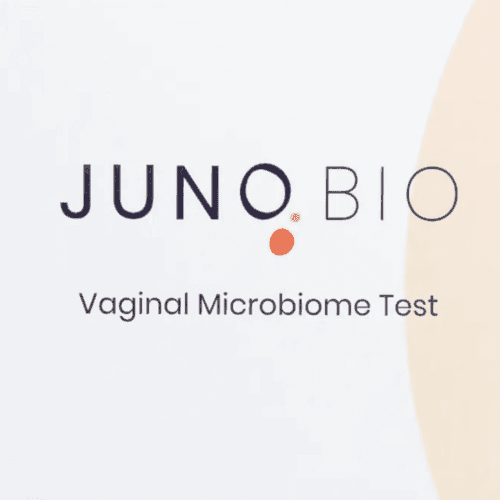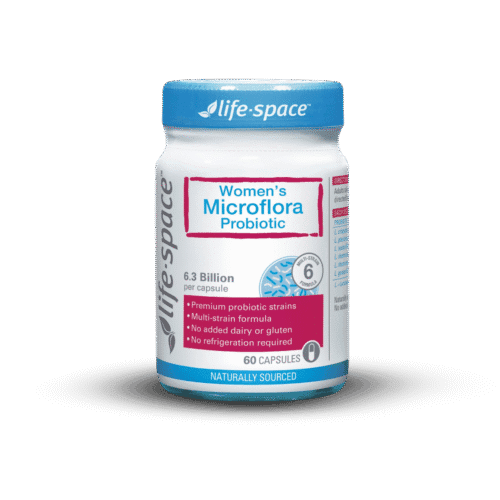A uterine inversion is the situation whereby the placenta remains attached to the uterus, and as it exits the vagina, it pulls the uterus inside-out, dragging it with it.1,2 Normally, the placenta is delivered – detached, by itself – about half an hour after the baby.
The doctor can detach the placenta and push the uterus back inside the body, into position, and sometimes surgery may be required.3 It can be life-threatening, and the survival rate of the mother is 85 per cent. The cause of death is usually heavy bleeding and shock.4
Symptoms of uterine inversion
- Postpartum haemorrhage (heavy bleeding after birth)
- Shock – thought to be due to the parasympathetic effect caused by traction of the ligaments supporting the uterus, and hypotension with inadequate tissue perfusion
- Severe abdominal pain
- Physical examination can reveal first or second degree uterine inversion
There are four uterine inversion grades5
- Incomplete inversion – the top of the uterus (fundus) collapses, but the uterus hasn’t come appeared via the cervix
- Complete inversion – the uterus turns inside-out and comes out through the cervix
- Prolapsed inversion – the fundus of the uterus is protruding out of the vagina
- Total inversion – both the uterus and vagina protrude inside-out, though this is more common in cancer than childbirth
Why does of uterine inversion happen?
There are several identified risk factors for uterine inversion.
- Prior vaginal birth
- A long labour (more than 24 hours)
- Use of magnesium sulphate during labour (a muscle relaxant)
- A short umbilical cord
- The tugging on the umbilical cord to hurry the placental delivery up
- A deeply embedded placenta (placenta accreta)
- Congenital abnormalities of the uterus
- A weakened uterus
Treatment for uterine inversion
- Reinsert the uterus by hand
- Administer drugs to soften the uterus, then reinsert by hand
- ‘Inflate’ the uterus with saline solution to pop it back into place (hydrostatic correction)
- Under general anaesthetic, reinsert uterus
- Surgically reposition uterus
Adjuncts may include antibiotics to reduce risk of infection, blood transfusions, and oxytocin administered to trigger contractions and stop another inversion. As a last resort, a hysterectomy may be performed.6
References
- 1.Herath RP, Patabendige M, Rashid M, Wijesinghe PS. Nonpuerperal Uterine Inversion: What the Gynaecologists Need to Know? Obstetrics and Gynecology International. Published online June 1, 2020:1-12. doi:10.1155/2020/8625186
- 2.Zaki-Metias KM, Hosseiny M, Behzadi F, Balthazar P. Uterine Inversion. RadioGraphics. Published online June 1, 2023. doi:10.1148/rg.230004
- 3.Leal RFM, Luz RM, de Almeida JP, Duarte V, Matos I. Total and acute uterine inversion after delivery: a case report. J Med Case Reports. Published online October 17, 2014. doi:10.1186/1752-1947-8-347
- 4.Birge O, Tekin B, Merdin A, Coban O, Arslan D. Chronic Total Uterine Inversion in a Young Adult Patient. Am J Case Rep. Published online 2015:756-759. doi:10.12659/ajcr.894264
- 5.Pararajasingam SS, Tsen LC, Onwochei DN. Uterine inversion. BJA Education. Published online April 2024:109-112. doi:10.1016/j.bjae.2024.01.004
- 6.Pieh-Holder KL, Bell H, Hall T, DeVente JE. Postpartum Prolapsed Leiomyoma with Uterine Inversion Managed by Vaginal Hysterectomy. Case Reports in Obstetrics and Gynecology. Published online 2014:1-4. doi:10.1155/2014/435101

Get a fresh perspective with a qualified, experienced vulvovaginal specialist naturopath.
This product has multiple variants. The options may be chosen on the product page
The most comprehensive vaginal microbiome test you can take at home, brought to you by world-leading vaginal microbiome scientists at Juno Bio.

Promote and support a protective vaginal microbiome with tailored probiotic species.






